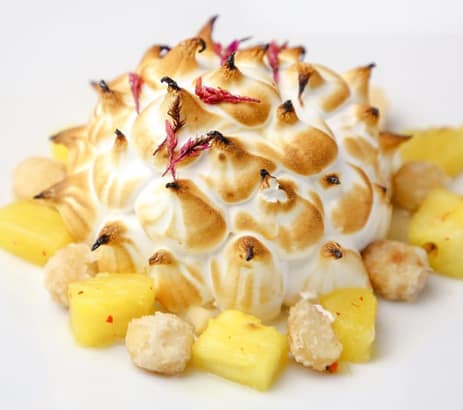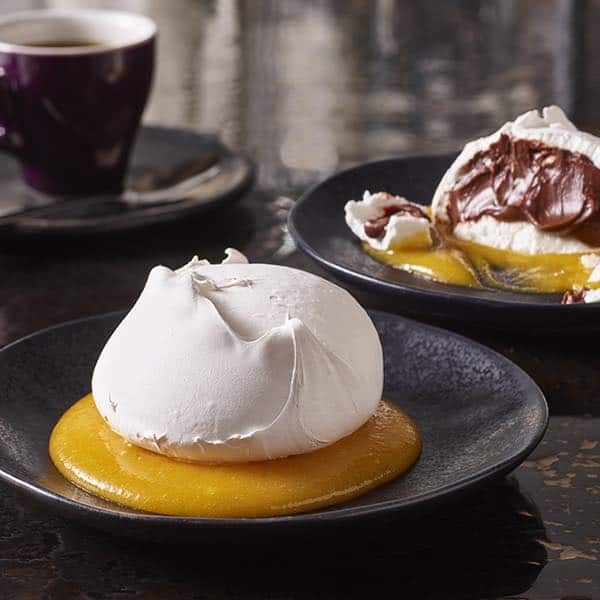Desserts

Unexpected
No mere afterthought, dessert is cloaked in expectations – from a craving for a familiar favorite to a yen for the exotic. Chefs are rising to the challenge by reinventing classic desserts with seasonal, regional, ethnic and even savory flavor twists, then matching them with a mixture of textures. The result is an unexpected sensory delight.
Natural, multifunctional eggs are go-to dessert ingredients.

WATCH CHEF FANY’S DESSERT VIDEO



TIPS & TRICKS
“One of the tips I have for chefs using eggs in desserts is pairing the whisk to the application. Using different kinds [of whisks] for different applications makes a big difference. You have a lot of whisks that have a sort of balloon shape. This is going to add a lot of air. If you want a lot of air in whatever application you’re doing, then use that. You really have to play around with different ones. I find if you’re going to get one whisk for most applications – a medium whisk is a very good all-around option.”
— Chef Fany Gerson



DID YOU KNOW?
- Eggs possess more than 20 incredible functional properties – from aeration to binding to emulsification and browning – which are essential in creating many delicious desserts.
- Eggs contain more than 100 volatile flavor components, although the final taste may be described as mild or bland. However, egg yolks contain fats that can carry and assist with the release of other ingredient flavors within a formulation. 1,2
- Egg whites, unlike any other natural food ingredient, create foam six to eight times greater than their original liquid volume.
- There are more than 40 different proteins in a whole egg, some located only in the white and others predominantly in the yolk.
- Coagulation indicates a change from liquid to a solid or semisolid state. Egg proteins have excellent coagulative properties that give custards, puddings and flans their smooth, creamy textures.
1. Stadelmen WJ and Cotterill OJ. (1995). Egg Science and Technology, Fourth Edition, Haworth Press, Inc., New York, USA
2. Vaclavik V, Christian E. (2007). Essentials of Food Science, Springer Science & Business Media
















